Greatest Activities in Yellowstone National Park
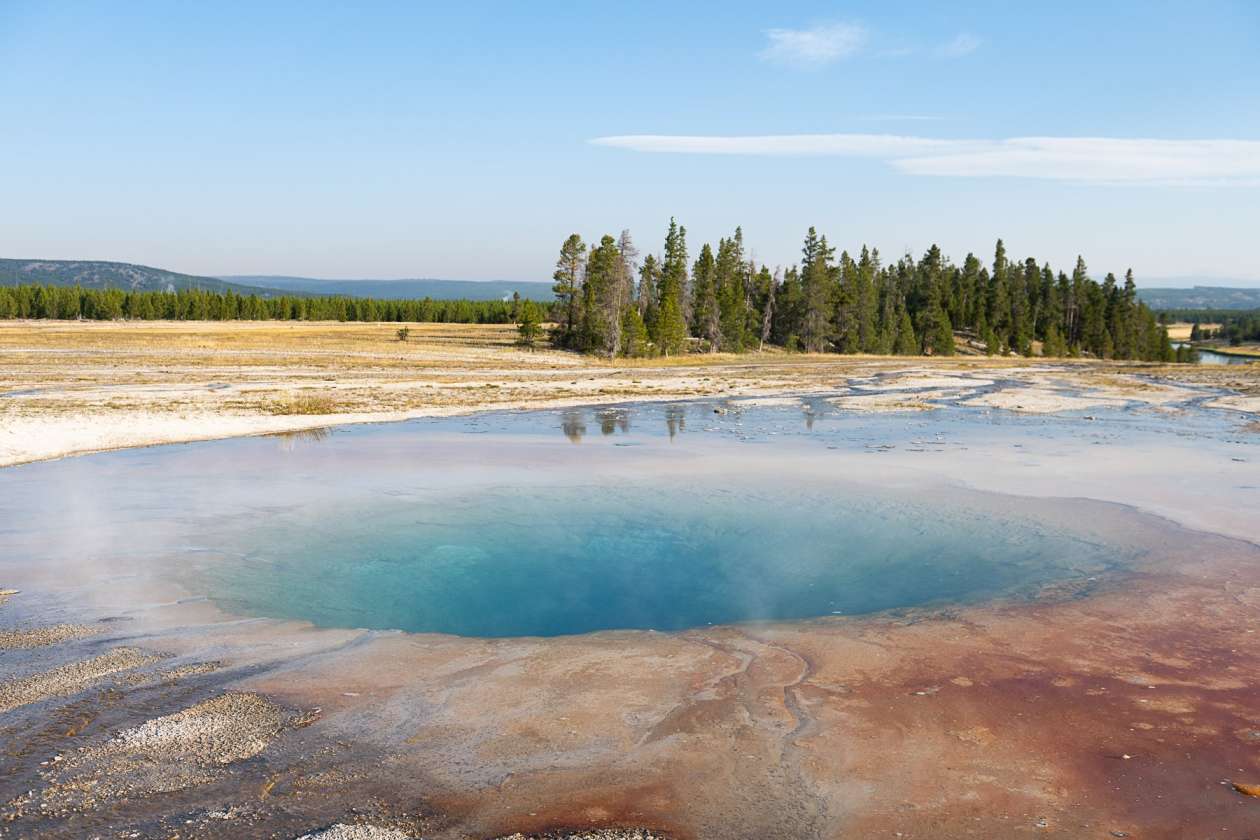
Some of the world's most unusual ecosystems may be found at Yellowstone, the oldest national park in the United States. You will see geologic features like the Grand Canyon of the Yellowstone, drive by geothermal hot springs and geysers, and come across animals as you travel around Yellowstone's picturesque circle route.
Yellowstone National Park offers a plethora of activities, ranging from breathtaking geological wonders to thrilling day hikes. Oh, and did you know that Yellowstone has more hot springs and geysers than any other location on the planet? Quite awesome, isn't it?
Not only is the park's nature unique, but its location is as well. Three states in the United States are bordered by Yellowstone National Park. mostly in Wyoming (96%) with a minor percentage of the park extending into Montana (3%), and the remaining section in Idaho (1%).
Yellowstone National Park's Top Attractions
We tried our best to create a list of the top activities in Yellowstone, including the must-see sights and attractions, even though it would take years to cover all there is to see and do in this park. This list should give you a fair sense of where to start when arranging your itinerary.
1. Drive Yellowstone’s Scenic Grand Loop Road

Driving the Yellowstone Scenic Loop is the first activity. The beautiful loop is the only way to get around the entire park. The 142-mile Yellowstone Scenic Loop, sometimes known as the Grand Loop, leads tourists through the national park.
It is preferable to divide the Scenic Loop Road into the North Loop and the South Loop when making travel plans to Yellowstone.
The North Loop includes well-known locations such as Lamar Valley and Mammoth Hot Springs. On the other hand, the South Loops is home to well-known park attractions including Yellowstone Lake, the Grand Canyon of the Yellowstone, and Old Faithful, to mention a few.
2. Discover The Rainbow Colors Of Grand Prismatic Spring
Grand Prismatic Spring, situated in the Midway Geyser Basin, is one of Yellowstone's most well-known geysers, if not the most. With good reason, Grand Prismatic Spring is one of Yellowstone's most often photographed sites.
What, then, is so great about great Prismatic Spring?
It is the third-largest geyser worldwide and the biggest in the United States. With vibrant rainbow hues of orange, yellow, green, and blue, it's bigger than a football field.
It is one of the major attractions in Yellowstone National Park, so to say that it is stunning and amazing would be an understatement.
3. Watch Old Faithful Erupt
It's an experience to see Old Faithful erupt, sending scalding water 100–180 feet into the sky. Old Faithful was called for its regular eruption schedule when it was first seen in 1870 by the Washburn Expedition. An Old Faithful eruption lasts around one minute to one and a half minutes and occurs on average every 90 minutes (give or take 10 minutes).
Since the boardwalk is the most visited alternative, you should aim to avoid peak viewing hours if you want to avoid crowds. It is best to start listening to Old Faithful as soon as possible. Finding a respectable location with a good view to witness the eruption might be challenging once tour busses start to arrive.
4. Explore Upper Geyser Basin & Morning Glory Pool
No concerns at all if you go at Old Faithful a bit too early and have some free time before the next eruption. The neighborhood has a lot to offer. The Upper Geyser Basin is where Old Faithful is located.
In addition to being the largest basin in Yellowstone, the Upper Geyser Basin boasts the highest number of geysers worldwide and is home to additional geysers such as the well-known Morning Glory Pool, Castle Geyser, and Black Sand Basin.
There are well over 150 geysers in the Upper Geyser Basin, which stretches between the Grand Loop Road and the Old Faithful region.
5. Experience The Grand Canyon Of The Yellowstone
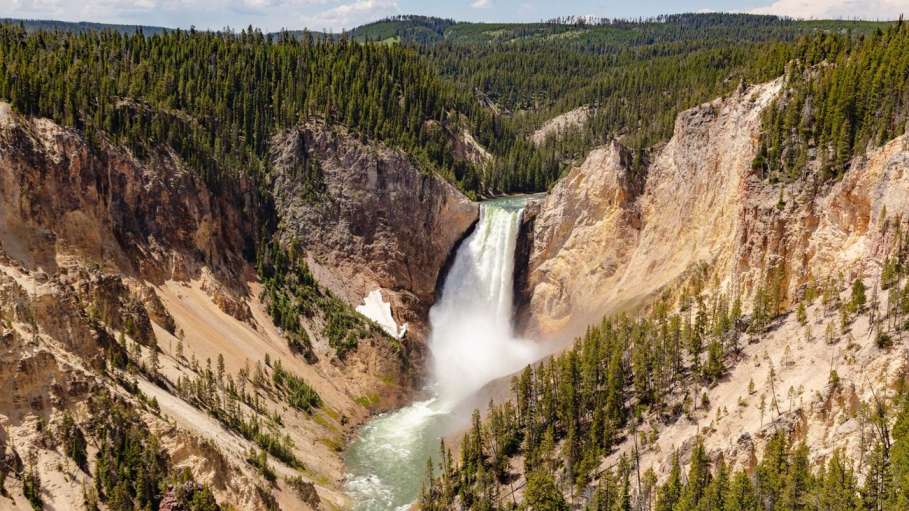
The Grand Canyon of Yellowstone should definitely be on your list of things to do if you are only in the park for one day. It is truly one of Yellowstone National Park's greatest locations and need to be on everyone's agenda.
So what makes the Yellowstone Grand Canyon so unique? Let me clarify.
The Upper and Lower Yellowstone waterfalls are located in Yellowstone Canyon, which is 24 miles long, 4,000 feet broad, and up to 1,000 feet deep in certain places.
Visitors may obtain expected views of the canyon and waterfalls below from observation sites strewn over both rims. Our best picks for places to observe are as follows:
Read Also: Top Activities in New York City
6. Hike To Brink Of The Lower Falls
This is the hike you should take if you only have time to do one in Yellowstone National Park. Without a doubt, this was the most affordable and interesting trek that I (Amanda) have ever done in the park.
For this short but steep trek, start by parking at the North Rim lot and allow around 45 minutes.
There are two observation platforms at the end of the paved route, which drops straight into the canyon. One platform gives the impression that you are standing just at the edge of the falls (some could even say "brink"—see what I did there!) while the other is situated just above it.
7. Take In The Views From Artist Point
One of Yellowstone National Park's most famous and stunning vistas may be seen at the appropriately named Artist Point. This picturesque viewpoint offers a breathtaking view of the Lower Falls surrounded by the vibrant canyon walls from its location on the south rim of the Grand Canyon of Yellowstone.
It is a popular location for both tourists and photographers because of the striking cascade and the cliffs' vivid colors. There are steps to reach the view, but it's a short walk from the parking lot, making the overlook fairly accessible.
8. Spot Wildlife In Lamar Valley & Hayden Valley
Without seeing a pasture of bison or a moose wading down the river, a visit to Yellowstone wouldn't be complete. Yellowstone is home to a wide range of animals, birds, and reptiles, from an unending supply of deer to the ever-sneaky black bear and pack of wolves.
The Hayden Valley and Lamar are the prime locations for animal viewing.
Because Lamar Valley isn't close to many other Yellowstone attractions, visitors frequently choose Hayden Valley over Lamar Valley while visiting Yellowstone. Lamar Valley is your best option, though, if you want to see wolves or moose.
During our October trip, we were quite fortunate to visit both. The early bird gets the worm, as they say. To view what wildlife you can see, try to arrive at Lamar Valley around sunrise.

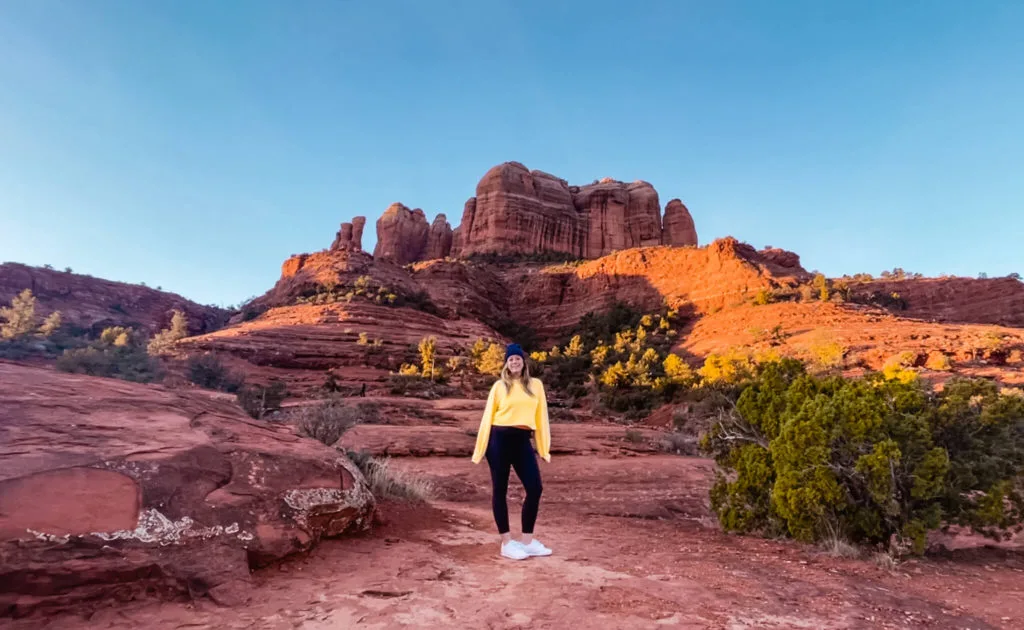
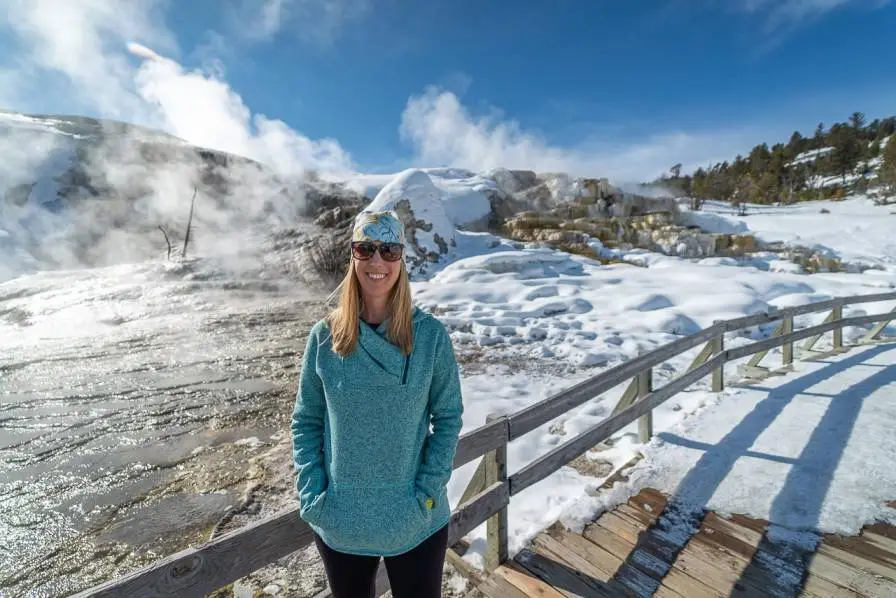

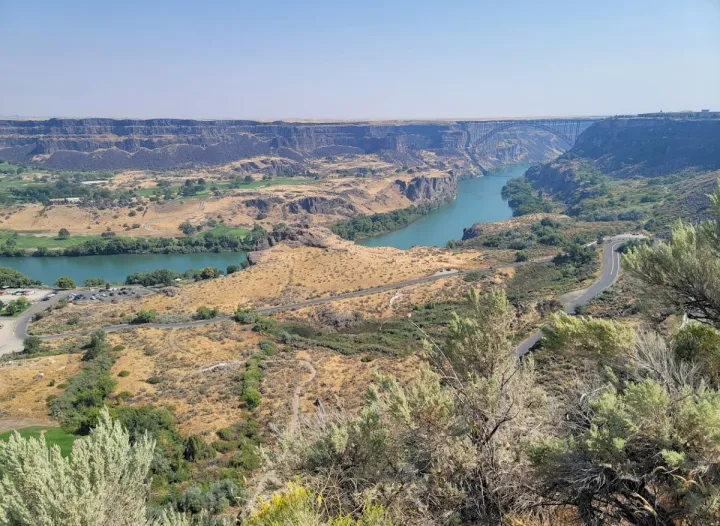




.jpg)
.jpg)

.jpg)
.jpg)